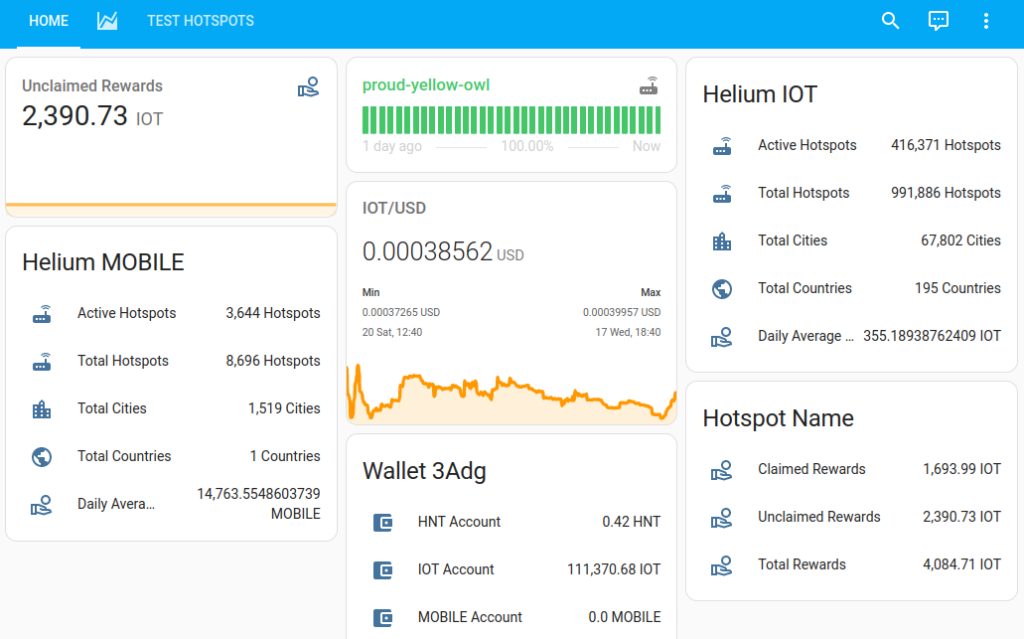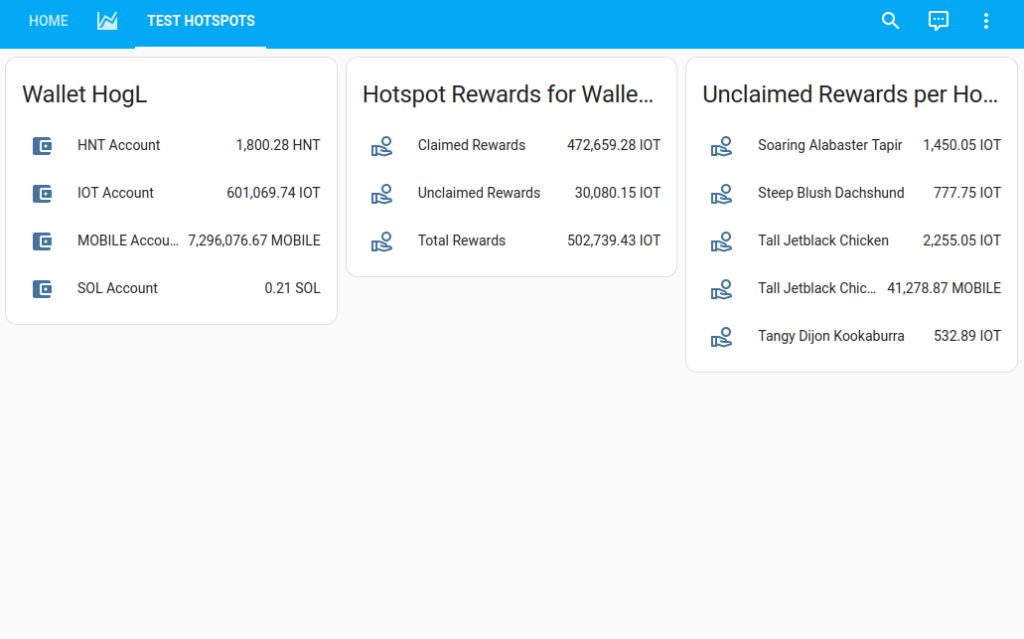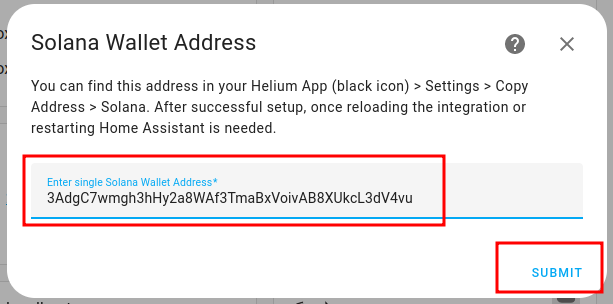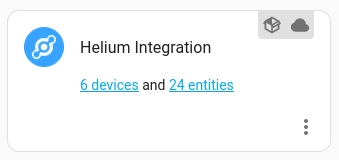The Home Assistant Helium Integration is an open-source project that enables the monitoring of the Helium ecosystem within Home Assistant. About a month ago, I released the first version of the integration. It already included a few sensors at the first release, such as the price sensor, a few simple Helium statistics, and the content of a Helium wallet. The sensors are cool, but nothing special. These features are already well covered by other solutions.

However, for the past three weeks, I have been working on incorporating the revenues from the hotspots into the integration. I managed to do this astonishingly well, and now this functionality has been released along with other functionalities.
Hotspot Rewards
You can also view the hotspot earnings in the Helium app. There you can see an overview of all the hotspots and it’s clear which earnings each hotspot has generated. However, if you have multiple wallets and want to perform any automations based on the data, there simply was no solution for this until now.

The Home Assistant Helium Integration now has the ability to incorporate multiple wallets and display the earnings for an entire wallet as well as individual hotspots. Implementing this requires calculations and the caching of data. I have implemented this aspect within a simple backend. This supplies the data for the integration.
Conf-Flow
By default, Home Assistant allows the configuration of the integrations via the configuration.yaml. This is comparable to Json, a format to establish structures. However, Yaml has a few disadvantages that make it difficult for beginners to use.

My first user published an issue directly on this occasion. I wanted to tackle this problem at the root and therefore implemented the Conf-Flow functionality of Home Assistant into the integration. This allows the integration to be fully configured via the web interface.
Device Registry
In Home Assistant, many integrations use the Device Registry to bundle multiple sensors and present them as a “device”.


Hotspots are physical devices, so you can bundle the earnings to one device. The wallet is not a device, but here too the organization of the sensors to a wallet works very well.
Nächste Schritte
The next steps will be to also display the staking rewards in Home Assistant. This will be at least as laborious as the hotspot earnings, if not more so. The staking rewards are based on complicated mathematical calculations to determine the actual earnings. I want to depict these earnings as accurately as possible. I’m secretly looking forward to it. Depicting the hotspot earnings alone was a fantastic programming experience. I learned so much about the (de-)serialization of objects. I learned a lot about structures in the Solana blockchain.